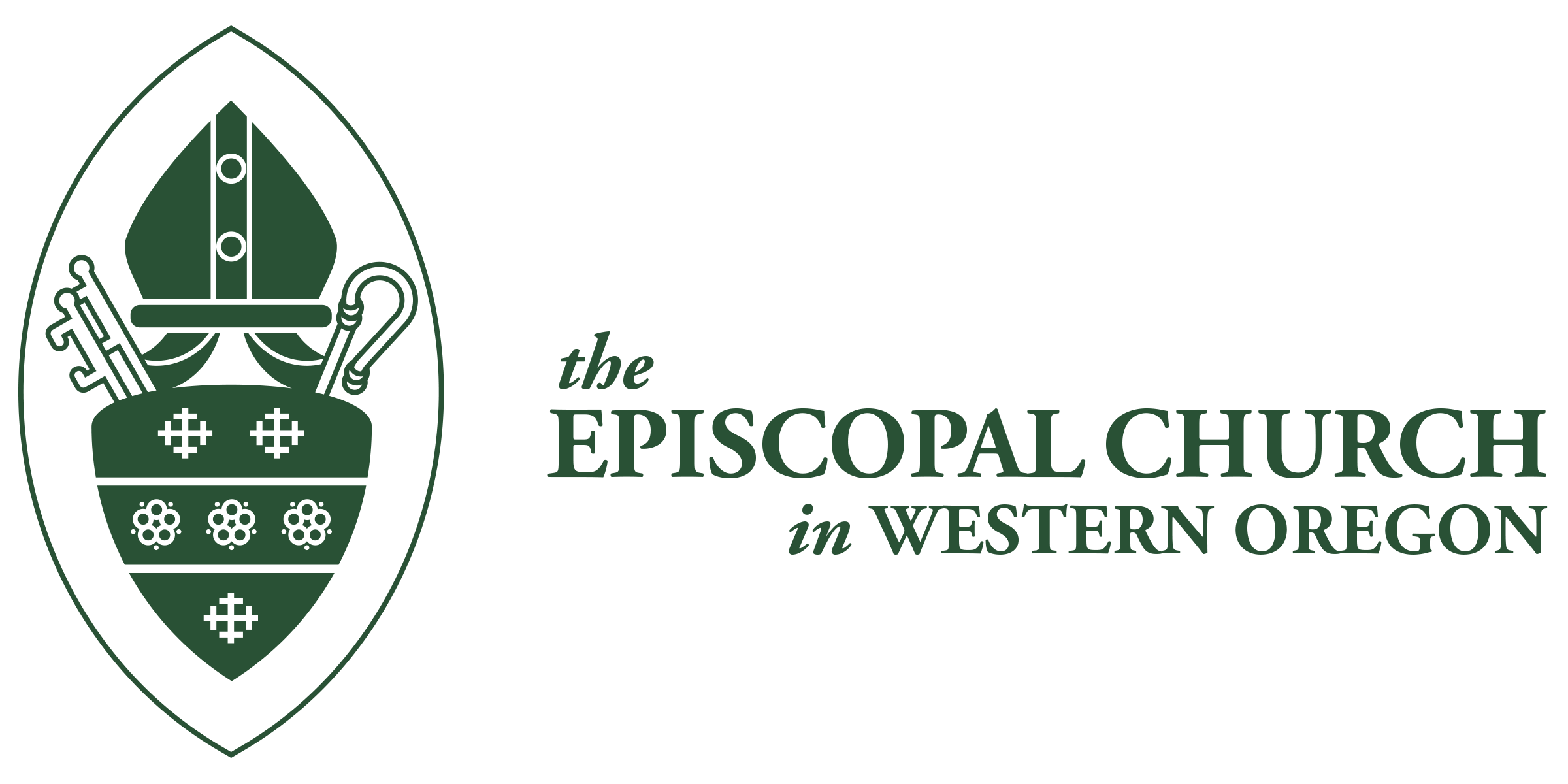
Dear friends in Christ,
It was the 1970’s and I was gathered around the television with my parents and sister to watch ABC’s Wide World of Sports. The theme music began and Jim McKay’s voice introduced the program. His unique style of intonation and emphasis made the phrase the thrill of victory and the agony of defeat ring.
The dual themes of “victory” and “defeat” resound during this season as we prepare for Holy Week. The appointed liturgy in the Book of Common Prayer for this Sunday, Palm Sunday, rushes us through the thrill of victory and the agony of defeat. The liturgy of the palms is our enactment of Jesus’ triumphal entry and, in the same liturgy, we enact Jesus being condemned to die a brutal death. We are given a liturgy on Palm Sunday that assumes the congregation will not likely return for services during the week. So, it attempts to summarize the entire story in one liturgy. This results in a kind of worship whiplash that is far from what I imagine the architects of this liturgy intended.
It is important to remember that Holy Week is actually one entire liturgy. It doesn’t work to compress an entire week of reflection, prayer, and praise into one hour of worship. The power and promise of Christ’s resurrection finds its full expression in the liturgy of the Easter Vigil – the conclusion of Holy Week and the primary liturgy of our tradition.
As you prepare for Holy Week, I encourage you to explore how you might participate in the entire liturgy: Palm Sunday to Easter Vigil. The challenge of worshipping in this pandemic will bring a different sense and feel to our worship, but it may also make it easier to “attend” all the services during Holy Week.
In truth, our Holy Week to Easter Vigil liturgy is much much more than an enactment of the “thrill of victory and the agony of defeat.” It is the human story enveloped in God’s grace: the joys of hope, the tragedy of injustice, the horror of a cruel death, and the lavish promise of new and unending life. It is my hope that, through a fuller engagement with our Holy Week to Easter Vigil liturgy, our understanding of Christ’s resurrection will be rich and full and truly life-giving.
Blessings,
+Diana

Queridos amigos en Cristo,
Era la década de 1970 y estaba reunida, alrededor de la televisión, con mis padres y mi hermana para ver El Gran Mundo de los Deportes en ABC. Comenzó el tema musical y la voz de Jim McKay que hizo la introducción al programa. Su estilo único de entonación y énfasis hizo que al oír la frase se sintiera la emoción de la victoria y la agonía de la derrota.
Este doble tema de “victoria” y “derrota” resuena durante esta temporada mientras nos preparamos para la Semana Santa. La liturgia señalada en el Libro de Oración Común para este domingo, Domingo de Ramos, nos lanza a través de la emoción de la victoria y la agonía de la derrota. La liturgia de las palmas es nuestra representación de la entrada triunfal de Jesús y, en la misma liturgia, representamos a Jesús condenado a una muerte brutal. En esta liturgia del Domingo de Ramos se asume que la congregación probablemente no regresará para los servicios durante la semana. Entonces, intenta resumir toda la historia en una sola liturgia. Esto resulta como una especie de empujón dentro del culto, que está lejos de lo que se imaginaron los diseñadores de esta liturgia.
Es importante recordar que la Semana Santa es en realidad una liturgia completa. No funciona tratar de reducir una semana entera de reflexión, oración y adoración en una hora del servicio. El poder y la promesa de la resurrección de Cristo encuentran su plena expresión en la liturgia de la Vigilia Pascual, que es la conclusión de la Semana Santa y la liturgia principal de nuestra tradición.
Mientras se preparan para la Semana Santa, los invito a explorar cómo podrían participar en toda la liturgia: del Domingo de Ramos a la Vigilia Pascual. El desafío litúrgico en esta pandemia traerá un sentido y estilo diferente a nuestra celebración, pero también puede hacer que sea más fácil “asistir” a todos los servicios durante la Semana Santa.
En verdad, nuestra liturgia de la Semana Santa a la Vigilia Pascual es mucho, mucho más que, una representación de la “emoción de la victoria y la agonía de la derrota”. Es la historia humana envuelta en la gracia de Dios: el gozo de la esperanza, la tragedia de la injusticia, el horror de una muerte cruel, y la magnífica promesa de una vida nueva y eterna. Espero que, a través de un compromiso más pleno con nuestra liturgia de la Semana Santa a la Vigilia Pascual, lleguemos a comprender la resurrección de Cristo para que sea rica, plena y verdaderamente vivificante.
Bendiciones,
+Diana
